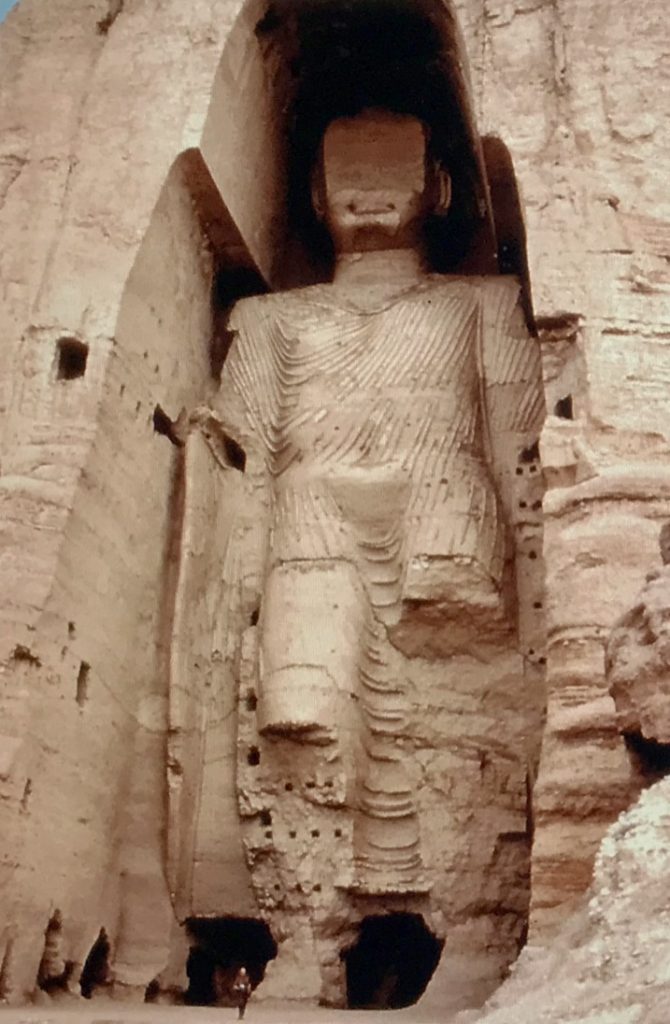
I’ve updated this article from 2021 and 2018 to include more links to articles and videos on the Bamiyan Buddhas that you may find interesting.
At our class on March 7, 2021, someone asked about the meaning of “The Dharma-Ending Age.” I am reposting an article from 2018 that some of you may not have seen. I am also linking it to an even earlier article from our temple webpage that offers a little more. I also want to correct my erroneous guess at the time given in the Kalachakra Tantra for when this dharma age would end. It is not quite as soon as I remembered, but the information I have says that the Vajrayana will end in 4224 C.E. and the Mahayana in 4120 C.E. Not in our lifetimes, but not so far from when the Buddha Master said He would return to earth, which was another 5,000 years from now.
The Sutra of the Golden Age states that the dharma will only exist in its pure form for 500 years after the passing of Shakyamuni Buddha. After that the dharma will exist as a shadow of its real self for another 1,500 years. Other sutras refer to a period of 1,000-2,000 years as well. It is true that the Buddhism lasted in India for less than 2,000 years. However, Buddhism was exported to other countries where it took root and flourished for much longer. In China it lasted for many centuries and in Tibet it flourished for over a thousand years. It is still the state religion in many countries in south-east Asia. However, there is good evidence that some of the original power and effectiveness of the teachings have been lost over time and in many cases, only a “shadow” of what Shakyamuni Buddha taught remains.
Shakyamuni Buddha tells Subhuti in the Tibetan version of the Diamond-Cutter Sutra that when the dharma ending days come, great Bodhisattvas who possess morality, fine qualities, and wisdom will incarnate. In India there were the Six Jewels (Great Dharma Kings–Nagarjuna, Aryadeva, Asanga, Vasubandhu, Dignaga, and Dharmakirti), Shantideva and others who developed the texts that are considered the core classic commentaries today. In Tibet there were the great Dharma Kings: Padmasambhava, Marpa, Sakya Pandita, Dolpopa, Longchenpa, Lady Niguma, Tsongkhapa, Tangtong Gyalpo, Taranatha, Jigme Lingpa and others. (Check out my video on the Evolution of Buddhism to see how all these great masters fit in the timeline of Buddhism).
Today we have the incarnation of Dorje Chang Buddha who has brought us the Supreme and Unsurpassable Mahamudra of Liberation we are now studying and other dharmas to help restore the dharma that was taught by Shakyamuni Buddha and bring us what we need to become accomplished in these difficult times.
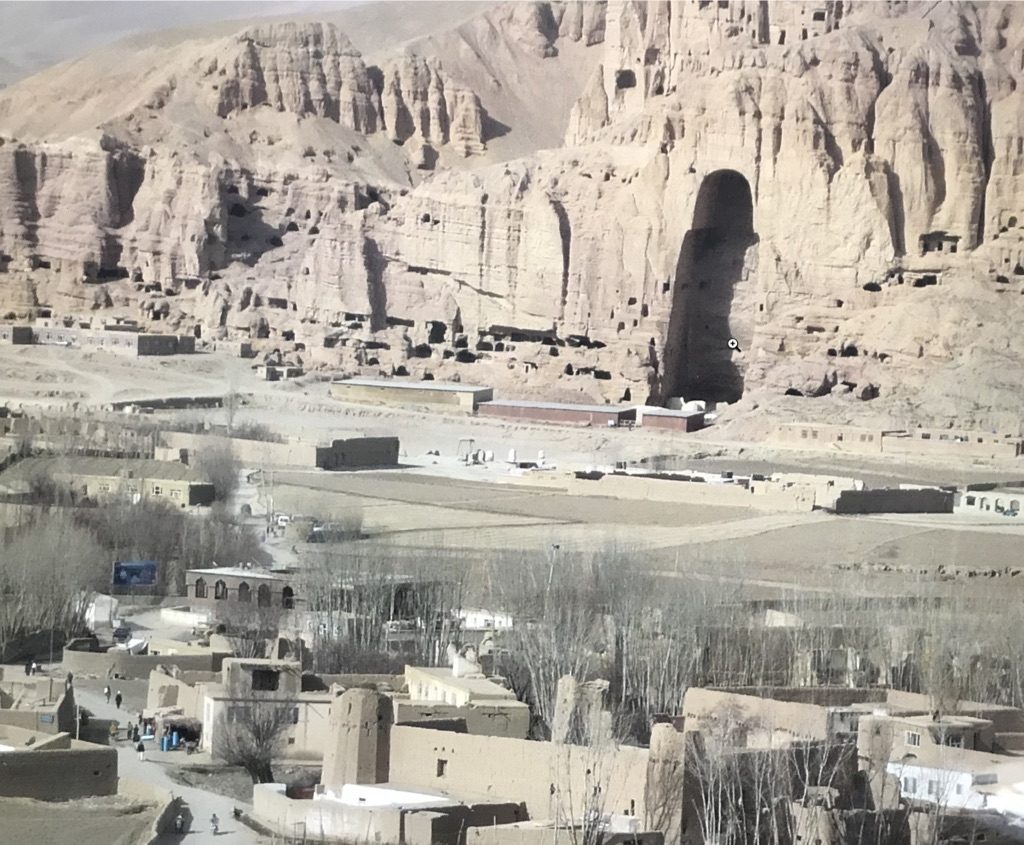
CLICK for more information and the article on which this article is based. There is some redundancy.
CLICK for documentary made before Buddhas were destroyed showing the landscape and conditions related to these Buddhas.
CLICK for National Geographic article believed to contain the last photos taken before the Buddhas were destroyed.
CLICK for 3D illuminated reconstruction of the Buddha on 20th year anniversary of their destruction in 2001.
CLICK for article on the Diamond (or Diamond-Cutter) Sutra.

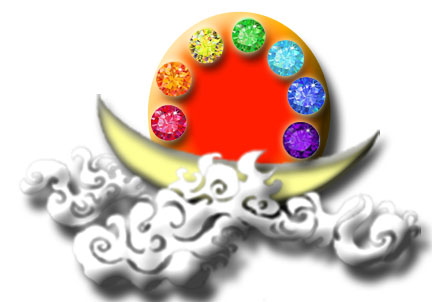
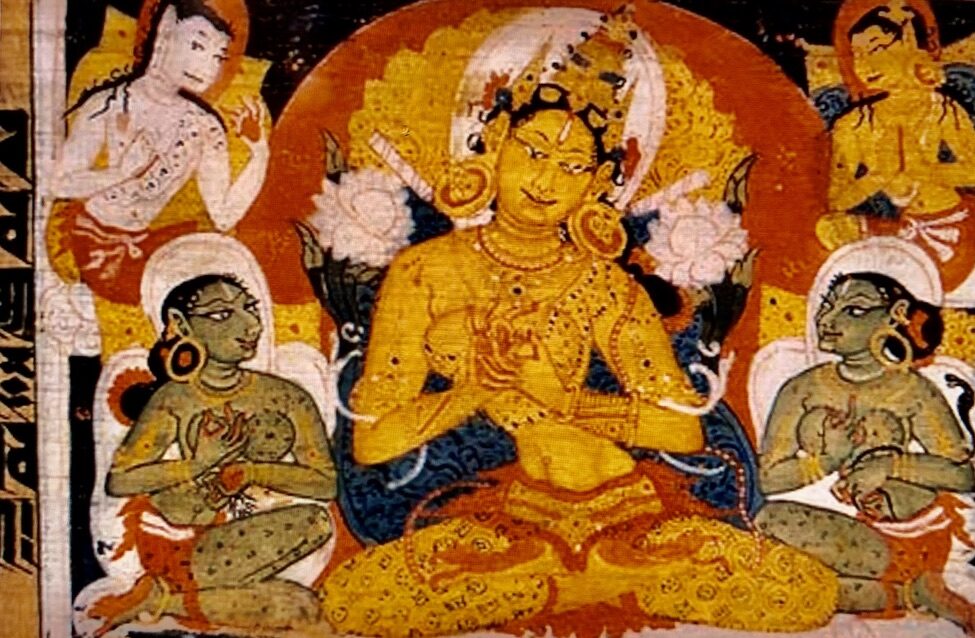
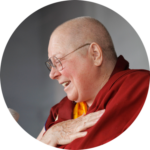
I deeply appreciate this article